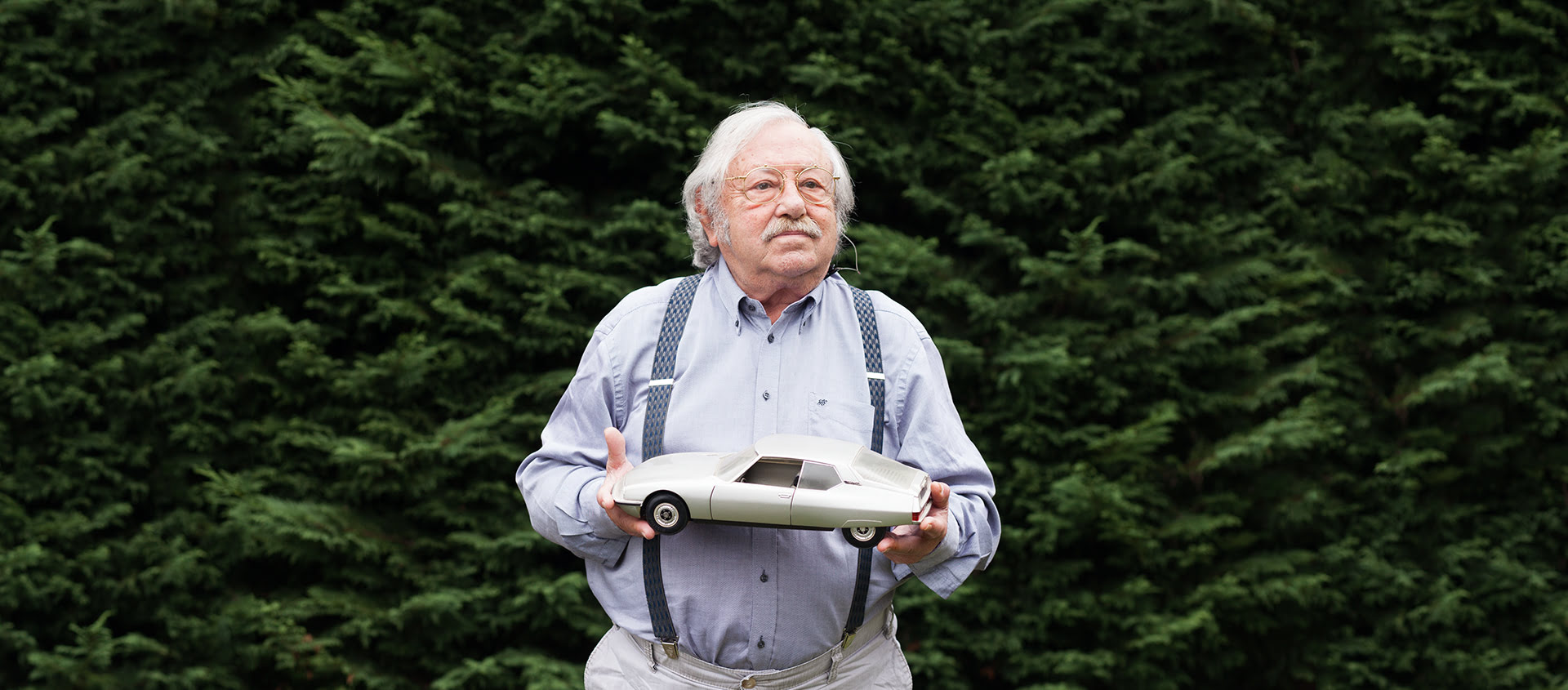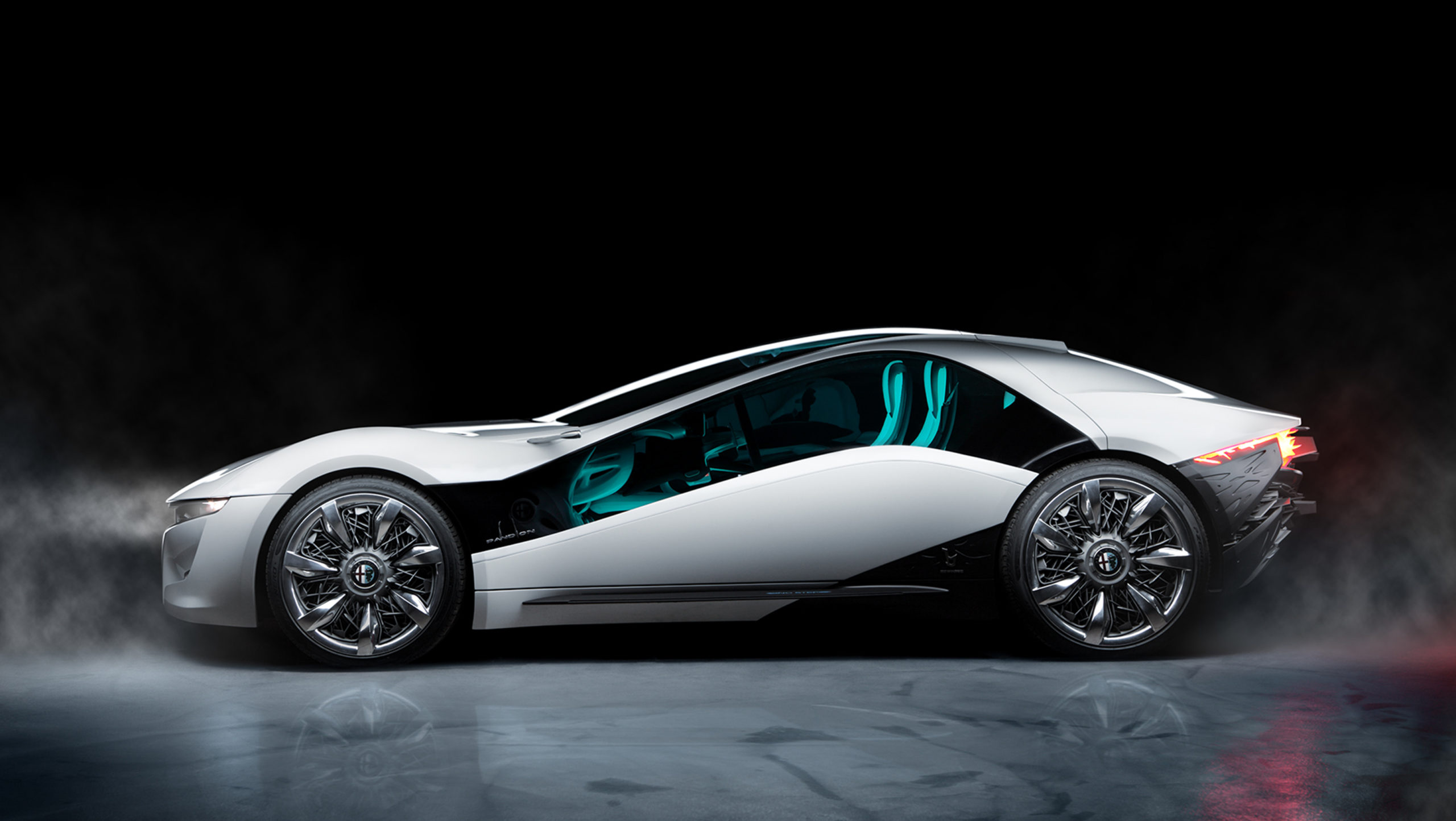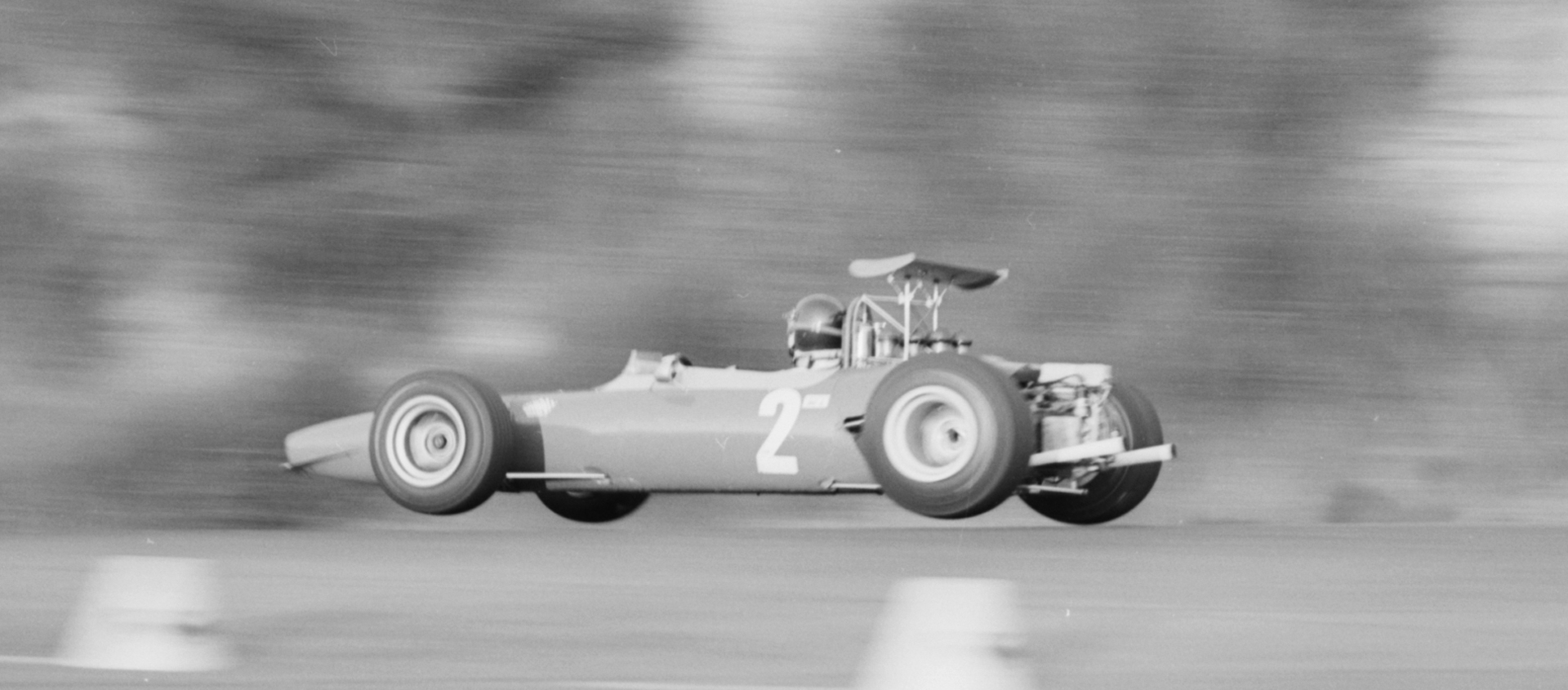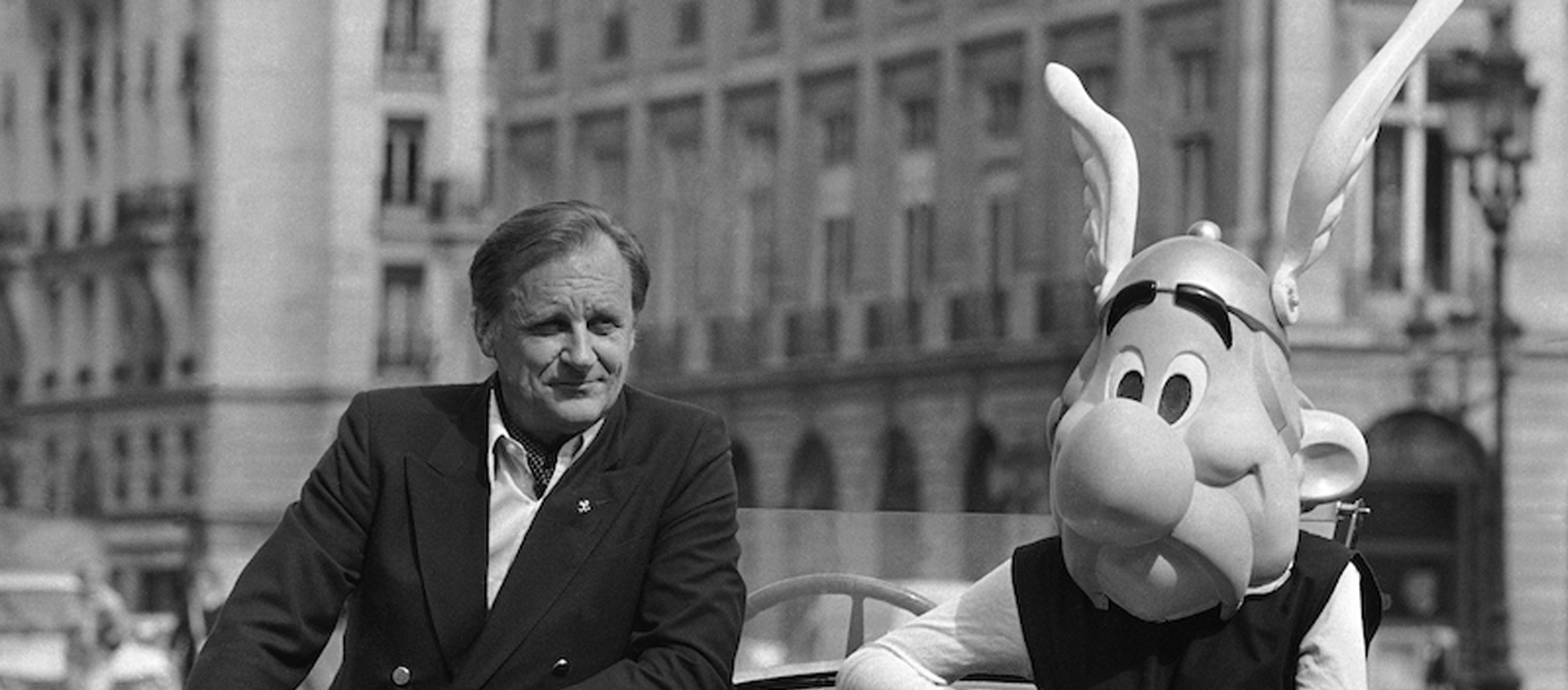Robert Opron
17 April 2020 2 min read 3 images

Robert Opron was 38 when Citroen presented to the world his sports coupe that followed the tracks of the magnificent and revolutionary DS. He knew this magnificent object well, having worked with its creator, Flaminio Bertoni. He also knew her because it was Robert who had given her that magnificently modern touch of the faired headlights. But working on a sports car that had to respect the new standards introduced by Citroen with the DS was by no means a simple task. In particular as his creation was to be powered by a thoroughbred engine, made in Modena, by Maserati: a magnificent 2700cc V6 capable of over 170 horsepower.
Register to unlock this article
Signing up is free and gives you access to hundreds of articles and additional benefits. See what’s included in your free membership. See what's included in your free membership.
Already have an account? Log In


